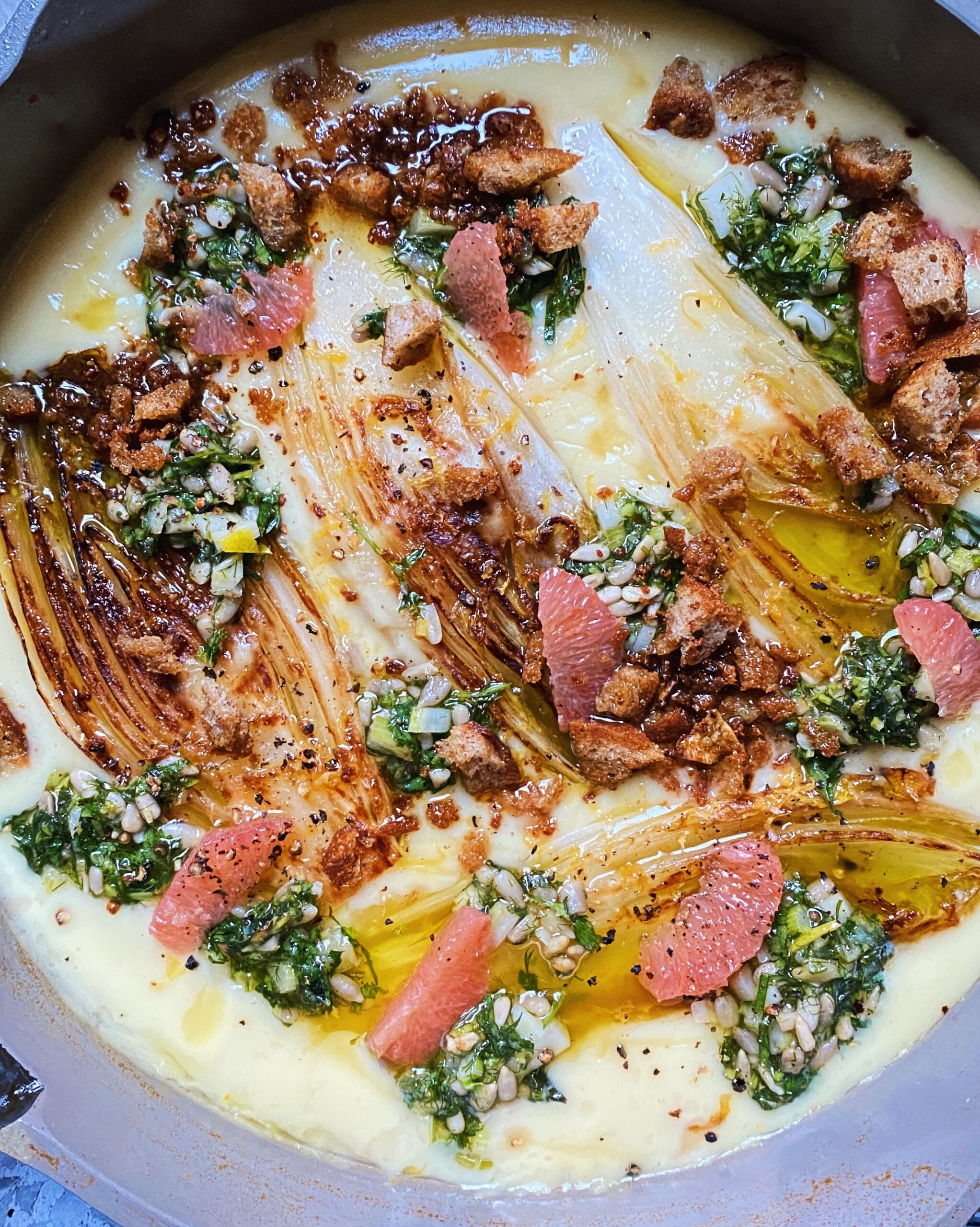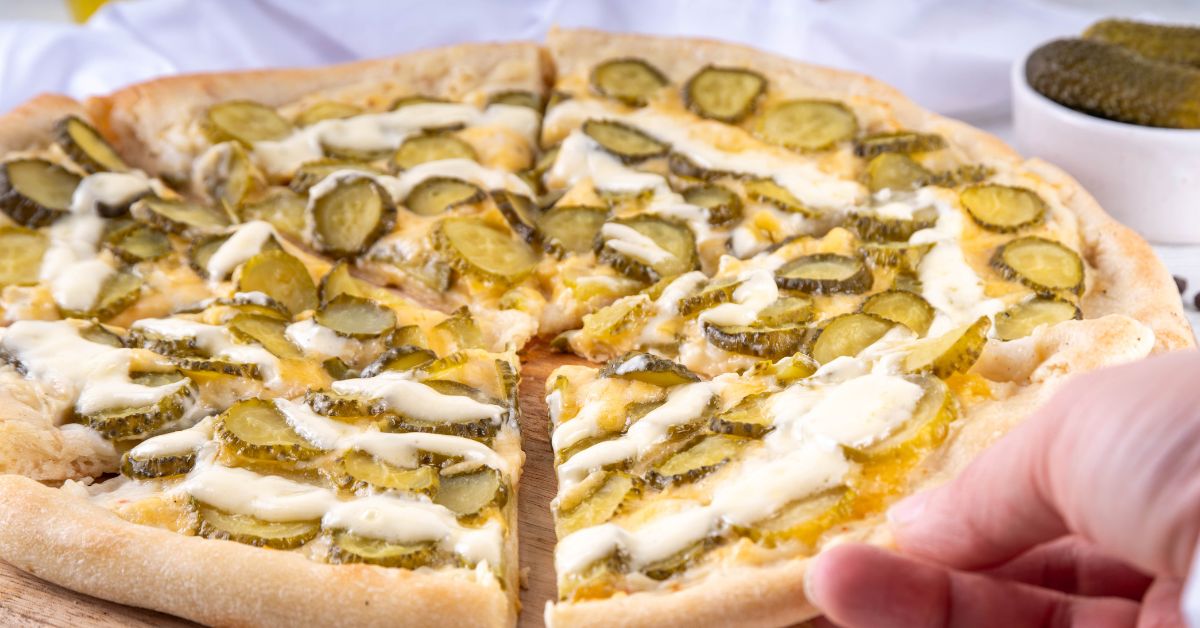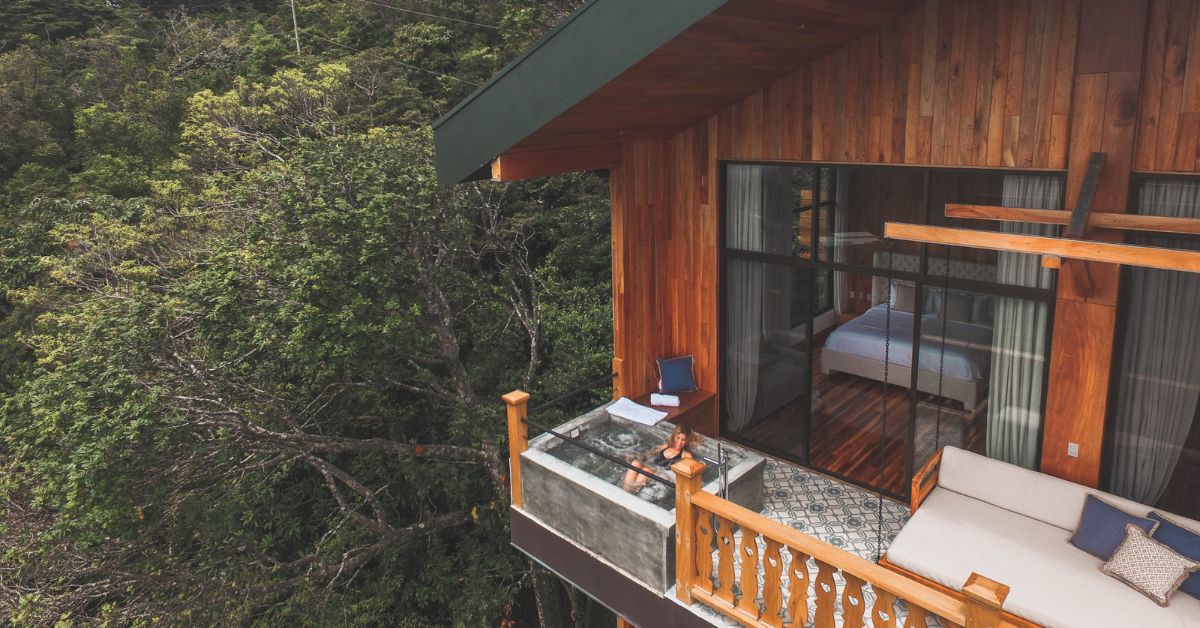Q. Tell us about the journey that led you to a plant-based lifestyle and what inspired you to share your love for plants with the community. Who is The Dirty Raven?
A. I started to have a difficult time coming to terms with the planet’s well-being, seeing the environmental impact of everything. It just stopped making sense for me personally to continue to indulge. I read somewhere that you could conserve water by either not showering for six months, or not eating a single burger, and that just hit me right in the face. You can make small changes that can have a big impact.
Q. So what did you do?
A. I started to listen to the changes in what my body was asking for and just rolling with it. When did we stop consuming things that do good for us on so many levels? I wanted to make it feel like eating plants isn’t such a chore (or a bore). No more under-seasoned, over-cooked vegetables; instead let’s see where we can take it and be blown away.

Q. What do you mean?
A. I wanted to get people to start talking about eating broccoli with the same passion as people talk about eating steak.
Q. With fall harvest approaching, from a flavour and health standpoint, can you talk to us about the importance of cooking produce that’s in-season?
A. Eating with seasons ties neatly into also eating locally and celebrating that bounty nature is handing out to us. It’s supporting farmers, foragers and creators who are working tirelessly to bring nature to our door. That’s a powerful force.

Q. What does that look like on a practical level?
A. Following a path nature has already laid out for us. It’s consuming food at it’s true prime, fresh from the ground and when the plant itself is ready for us. Not the other way around. I think that flavour is inherently tied into nutritional value. Nature wants us to savour that big flavour and is presenting it to us when it’s at its most nutrient dense, as something to be celebrated. That’s a big part of it—letting nature decide for us rather than trying to bend the will of it to our desires.
Q. Do the healing properties of plants play a role in the food you make and your relationship with the recipes you create?
A. Yes and no. It depends on what I want the food I’m eating in that moment to be doing for me. I know, overall, eating plants can be great for me so I should eat them at every opportunity possible. For some reason lunch feels like my “responsible” meal? And dinner feels like it can be a bit more indulgent, razzle-dazzle, craving oriented.
Q. That makes sense.
A. I like to eat, and I find what I eat now allows me to eat more which I love. It works for my body and feels good for me, and I try to drive that home in what I make—do what feels right for you. Be intuitive to what your body is asking for. Eating plants feels good, tastes good and there’s a healing energy to being like: “Damn this carrot is out of control!”
Q. Can you sum up your mission in one catchy phrase?
A: We can change the world one plate at a time.

2 heads of endive, trimmed and cut in half
Instructions
Pre-heat oven to broil. In a cast iron (or any deep enough skillet), add enough oil to cover the bottom and bring to high heat. Salt your endive to season it properly and sear them cut side down. Reduce heat to medium and cook until golden & caramelized (about 4 minutes).
Reduce heat to low, flip endive over (the centre should still be crunchy) and pour parsnip puree into the pan. Bring to a quick simmer. Pop pan in the oven to broil for 2-3 minutes, until golden on top.
Add a squeeze of grapefruit juices, some olive oil, heavy salt to get things rolling. When you're absolutely ready to serve, add your herb salsa, grapefruit segments & breadcrumbs on top. Serve immediately and be generous with the sauce!
Instructions
Add parsnips, onion and garlic into a medium sized pot and cover with just enough water. The key here is to cook everything until it is tender without adding colour to it.
Bring liquid to a boil, cover with a lid and reduce to a simmer. Add a pinch of salt and cook until tender (about 20 minutes).
In a blender, add the parsnips, onion and garlic but keep the water in the pot. Add only as much water as needed for this until you get that perfectly creamy texture. Place off to the side for braising (it should have the consistency of thin yogurt)







